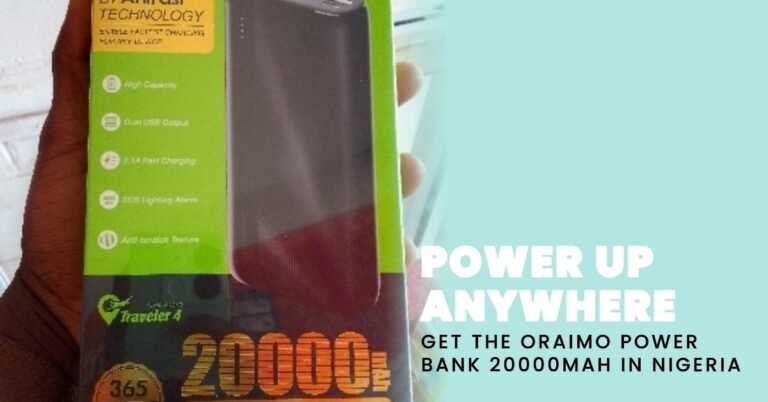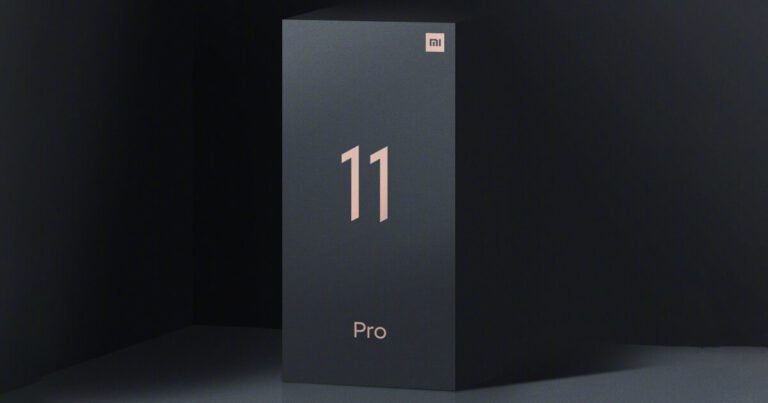Forget iPhone 13 — The Xiaomi Mi 11 Ultra Could Change Phones Forever
The Xiaomi Mi 11 Ultra Could Change Phones Forever – One of the biggest challenges phone manufacturers face when trying to make their smartphones thinner and lighter every year is downsizing without affecting battery life. While companies can do things that reduce battery consumption (more efficient chips, adaptive refresh rates, etc.), there really is no substitute for a higher-capacity battery, even if it makes the phone bulkier.
While smartphones already exist, phone makers have largely centered around lithium-ion batteries, and some have recently made the switch to lithium polymer. But for the just-announced Xiaomi Mi 11 Ultra, the Chinese giant Xiaomi takes a new approach. It is the first smartphone to be powered by silicon-oxygen anode batteries.
The move was announced by Xiaomi’s senior product marketing manager Daniel Hoang Desjarlais on Twitter ahead of the big reveal of Mi 11 Ultra today (March 29). The “main benefits,” he wrote, are that it is “a thinner and faster load.”
“This is comparable to electric vehicles, where nanoscale silicon materials are added to the negative electrode to increase the theoretical capacity in grams by 10 times compared to graphite.”
It is a curious time to switch to battery technology based on what is typically found in electric vehicles, as it was revealed this week that Xiaomi could be working on its first electric car.
While it all sounds promising on paper, we’ll have to wait and see how it performs in real benchmarks compared to other smartphones. After all, the word “theoretical” appears in Desjarlais’ tweet, and the real-world performance benefits may be minimal in a first iteration.
But with the Xiaomi Mi 11 Ultra combining an incredibly small and light frame with excellent battery performance and fast charging, it’s hard to believe that other manufacturers don’t want to match that success.
Xiaomi isn’t the only company re-evaluating phone batteries, of course. With the iPhone 13, Apple is reportedly poised to address the disappointing resistance of the iPhone 12 family with a few changes. including battery soft-plate technology and “space-saving design of many components”. Combined, this should mean that the company can increase the capacity in the same frame as the iPhone 12 or further reduce the size and keep the battery life at the same level.
The Mi 11 Ultra has already launched, although we do not yet have a price for the phone arriving in the UK at the end of April. In addition to the exciting new battery technology, the phone has great specifications. The camera includes a 50-megapixel main sensor, a 48-megapixel ultra-wide-angle lens, and a 48-megapixel phone camera. The camera bump also has a secondary screen on the back to aid selfies, in case the 20MP front lens isn’t up to par.
Source: Tomsguide





